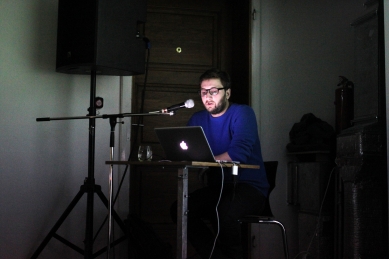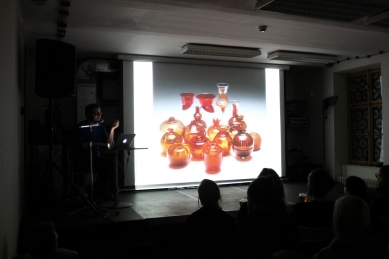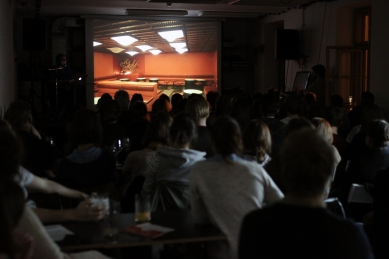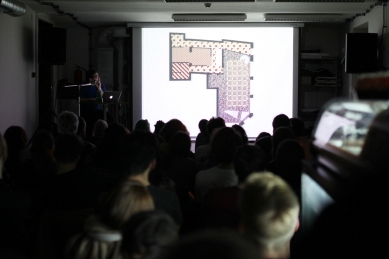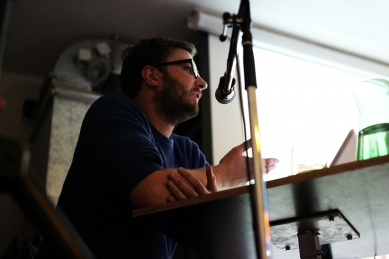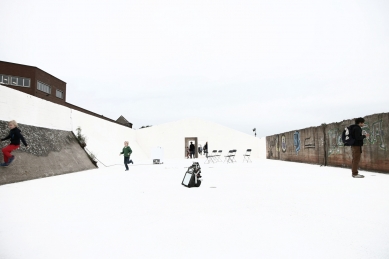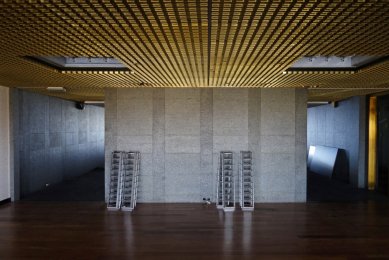Interview with Maarten Gielen, one of the founding members of the Belgian group Rotor, was conducted by Jana Pavlová and Barbora Ševčíková on November 17, 2015, on the occasion of the autumn double lecture in Prague and Brno.
Rotor is a group of Brussels-based designers and architects who combine research, curatorial, and architectural activities to create critical attitudes towards the use and reuse of material resources, primarily in the construction industry and architecture. They curated the OMA (Rem Koolhaas) / Progress retrospective at the Barbican Art Gallery in London, are the authors of the successful exhibition and publication Behind the Green Door at the Oslo Architecture Triennale 2013, and are recent recipients of the Global Award for Sustainable Architecture for 2015. The group is also developing its own economic activity through the company "Rotor Deconstruction," which is engaged in the dismantling of construction and architectural materials designated for demolition and their resale. The specificity that distinguishes Rotor's practice from ordinary demolition companies lies in the effort to find new strategies that could influence the lifespan of materials and shift them into other projects.




